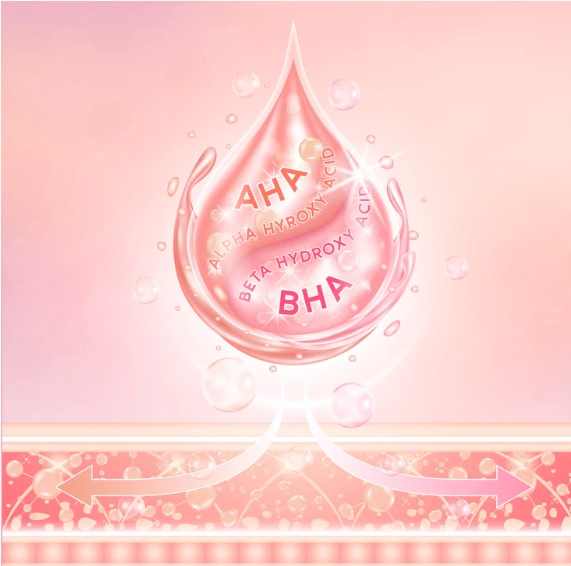
FEEDBACK
What Our Clients say about us
“ I gone through hair transplant in this clinic, i feel very comfortable and genuine clinic. I am very happy with the result. After transplantation it's looks natural and lot of people complemented me. happy with the service given.”

“If really you are looking for a best slimming center near me in Bangalore then Maira Clinic is the one as I got very good treatment in lowest cost. Very well trained staff and the hospitality is amazing! I'll surely recommend my friends to your clinic.”

“ I gone through hair transplant in this clinic, i feel very comfortable and genuine clinic. I am very happy with the result. After transplantation it's looks natural and lot of people complemented me. happy with the service given.”

Previous
Next


